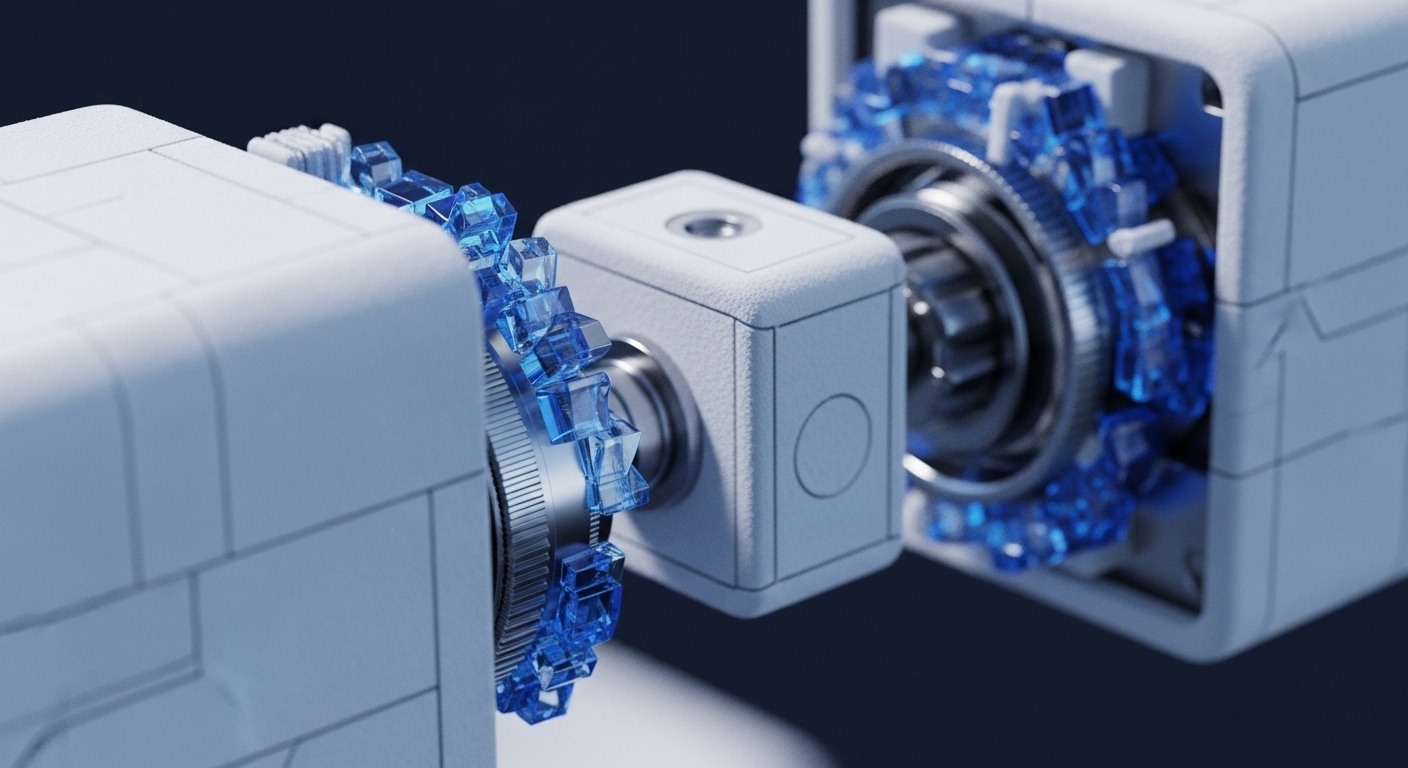
Briefing
The core research problem addressed is the pervasive “illusion of decentralized AI” within AI-based crypto token ecosystems, where projects often claim decentralization while retaining centralized control over critical operations. This paper proposes a foundational breakthrough by meticulously analyzing the architectural and economic shortcomings of leading AI-token projects, demonstrating their heavy reliance on off-chain computation, inherent scalability limitations, and challenges in verifiable AI output. The most important implication is a call for a paradigm shift towards genuinely verifiable off-chain computation, specialized blockchain architectures, and robust incentive designs to foster truly decentralized, trustless, and scalable AI systems, thereby shaping the future of blockchain architecture towards more purpose-built and composable designs.

Context
Before this research, a prevailing theoretical limitation in the convergence of blockchain and AI was the assumption that tokenization inherently conferred decentralization and trustlessness to AI services. The academic challenge involved understanding whether AI-based crypto tokens genuinely advanced the principles of decentralization, self-sovereignty, and user ownership, or if they primarily served as speculative financial instruments. This paper directly addresses the gap between the ambitious narratives of decentralized AI and the practical realities of their technical architectures and operational models.

Analysis
The paper’s core mechanism involves a critical, empirical analysis of prominent AI-token projects, dissecting their technical architectures, tokenomics, and operational models to expose a fundamental disconnect. The new primitive is a conceptual framework that distinguishes between superficial decentralization (token-based governance, distributed nodes) and substantive decentralization (trustless computation, verifiable outputs). It fundamentally differs from previous approaches by moving beyond descriptive surveys to a rigorous, comparative evaluation that highlights the systemic challenges in achieving true decentralized AI, such as the “verification dilemma” for off-chain AI computation and the struggle to establish compelling network effects against centralized incumbents.

Parameters
- Core Concept ∞ Illusion of Decentralized AI
- Key Authors ∞ Rischan Mafrur
- Publication Venue ∞ arXiv.org
- Primary Limitations ∞ Off-chain computation reliance, scalability constraints, quality control issues
- Future Directions ∞ Zero-knowledge proofs for machine learning (zkML), Trusted Execution Environments (TEEs), Modular Blockchain Architectures
- Case Studies ∞ Render (RNDR), Bittensor (TAO), Fetch.ai (FET), SingularityNET (AGIX), Ocean Protocol
- Consensus Mechanisms Discussed ∞ Proof-of-Stake (PoS), Proof-of-Intelligence, Proof-of-Useful-Work (PoUW)

Outlook
The next steps in this research area will focus on developing and implementing robust mechanisms for verifiable off-chain computation, such as advanced zero-knowledge proofs and trusted execution environments, to bridge the trust gap identified in current AI-token projects. Potential real-world applications in 3-5 years include truly privacy-preserving AI services for sensitive data (e.g. healthcare), decentralized and collectively owned foundational AI models, and more resilient, censorship-resistant AI marketplaces. This theory opens new avenues for academic research into purpose-built blockchain architectures, novel consensus mechanisms that incentivize useful AI work, and sophisticated tokenomics designed for sustainable, ethical, and inclusive decentralized AI ecosystems.
